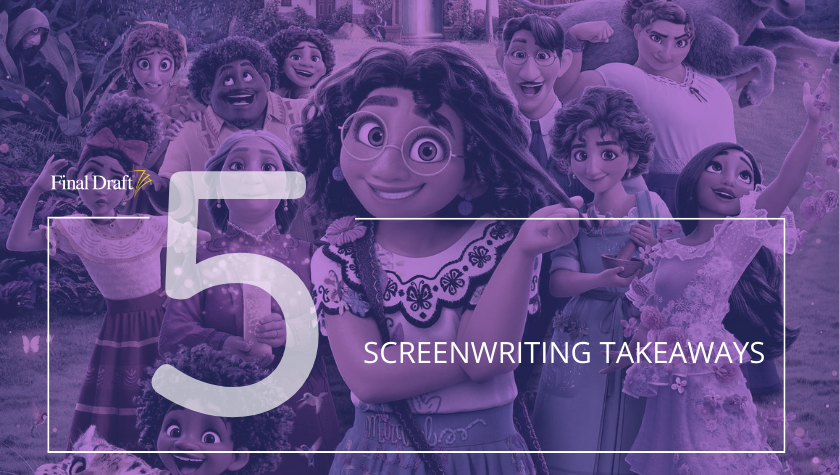Writing a Family-Friendly Tale? The Little Mermaid Has Lessons for Screenwriters
June 2, 2023
The Little Mermaid is about a young woman who falls in love with someone who doesn’t know she exists, the dynamic of a father who wants to protect his daughter and how she overcomes impossible odds after being tricked by a sea witch.
This could be a thriller or drama, and yet, it’s a live-action, special-effects-heavy feature film for the whole family.
For screenwriters eager to create the next family-friendly story, here are some of the lessons you can take away from The Little Mermaid.
Look in the Public Domain
Want to find a good story? Steal it! Okay, don’t really steal it, but there are countless stories that brilliant storytellers have crafted that you can use as the foundation for your own script. Think about Renfield, which was based on a character from Bram Stoker’s Dracula, a book that is now in the public domain. Or even The Lion King, a story considered a creation of several mythologies including Shakespeare’s Hamlet.
The Little Mermaid is based on the Hans Christian Andersen story of the same name. With a quick scan of the plot of the original 1837 tale, you’ll find several similarities to the Disney film. Everything from her first encounter with the prince and saving his life to her making a deal with a sea witch in exchange for her soul are included in the original.
Read More: How To Find New Ways Into Old Stories
Where you can make the story your own lies in the supporting characters (Flounder, Scuttle and Sebastian are Disney-added characters), changing major plot points of the story (the ending in Andersen’s story is far different), and adding new details to make the story your own.
If you’re looking for a family adventure film, take a look at everything from Greek mythology to classic stories (Frozen is also based on a Hans Christian Andersen story titled The Snow Queen) to religious stories and you’ll find plenty of tales that could be the basis for your next feature.
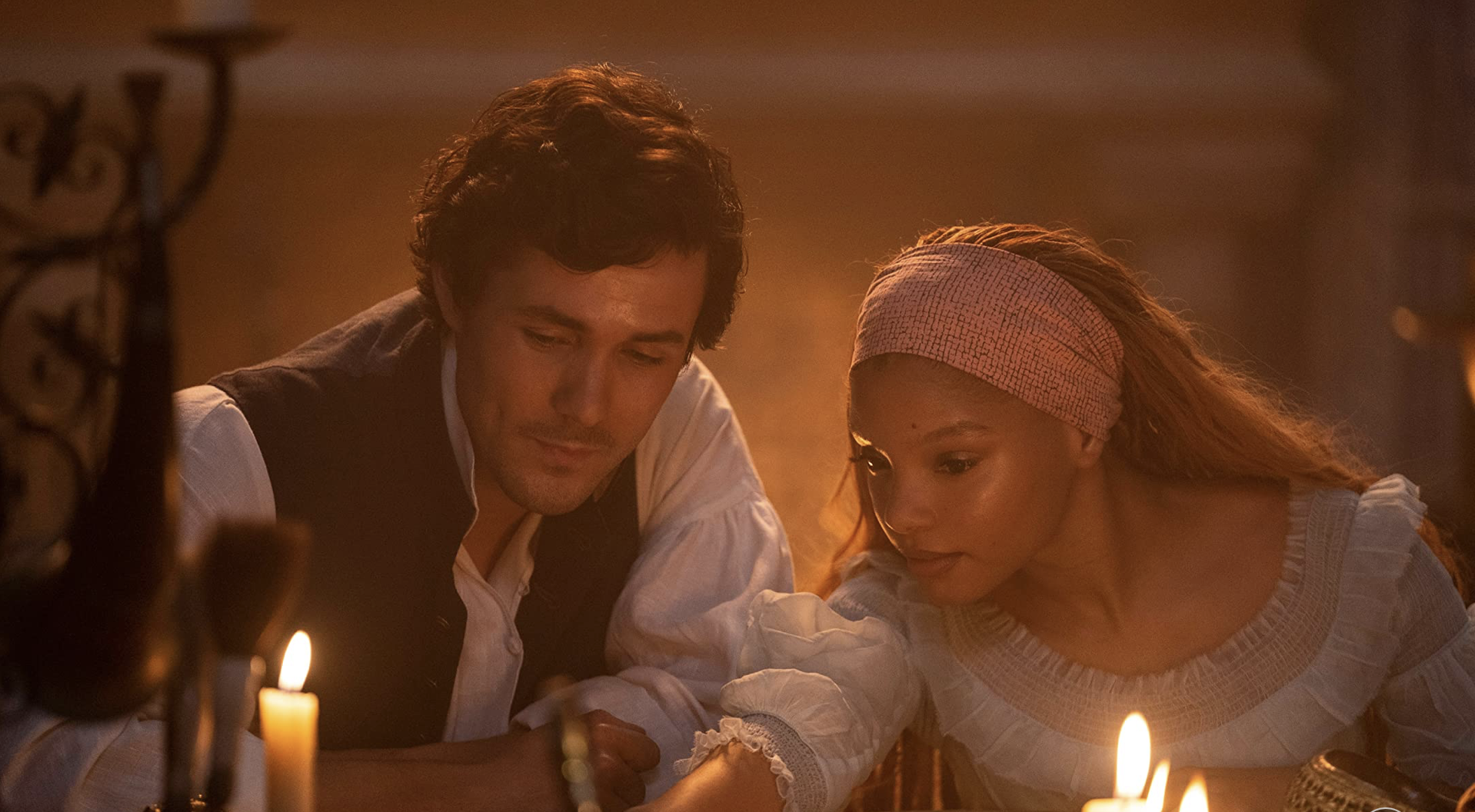
Unconventional Characters
Prince Eric talks with Grimsby and other shipmates, all of which are human. Even Max, his dog, acts just like the animal he is. But dip below the water and suddenly there are unconventional characters that are friends with Ariel: a talking crab who looks out for Ariel per King Triton’s orders, a fish who seems perpetually nervous and a gannet bird who thinks they are way smarter than they actually are.
If you’re working on a children’s story, don’t forget that you have a lot of leverage to make up things that don’t make sense in the real world. Aladdin had Abu as well as a magic carpet with a personality, and Mowgli had all the animals in the jungle he could chat with.
Ariel has Scuttle, Flounder and Sebastian - all of which makes sense in the context of the story. That’s important because you can’t have these unconventional characters if it doesn’t add value to the story or make sense in that world. For example, all the animals in Charlotte’s Web talk to one another but not to the humans; even Fern can’t converse with them.
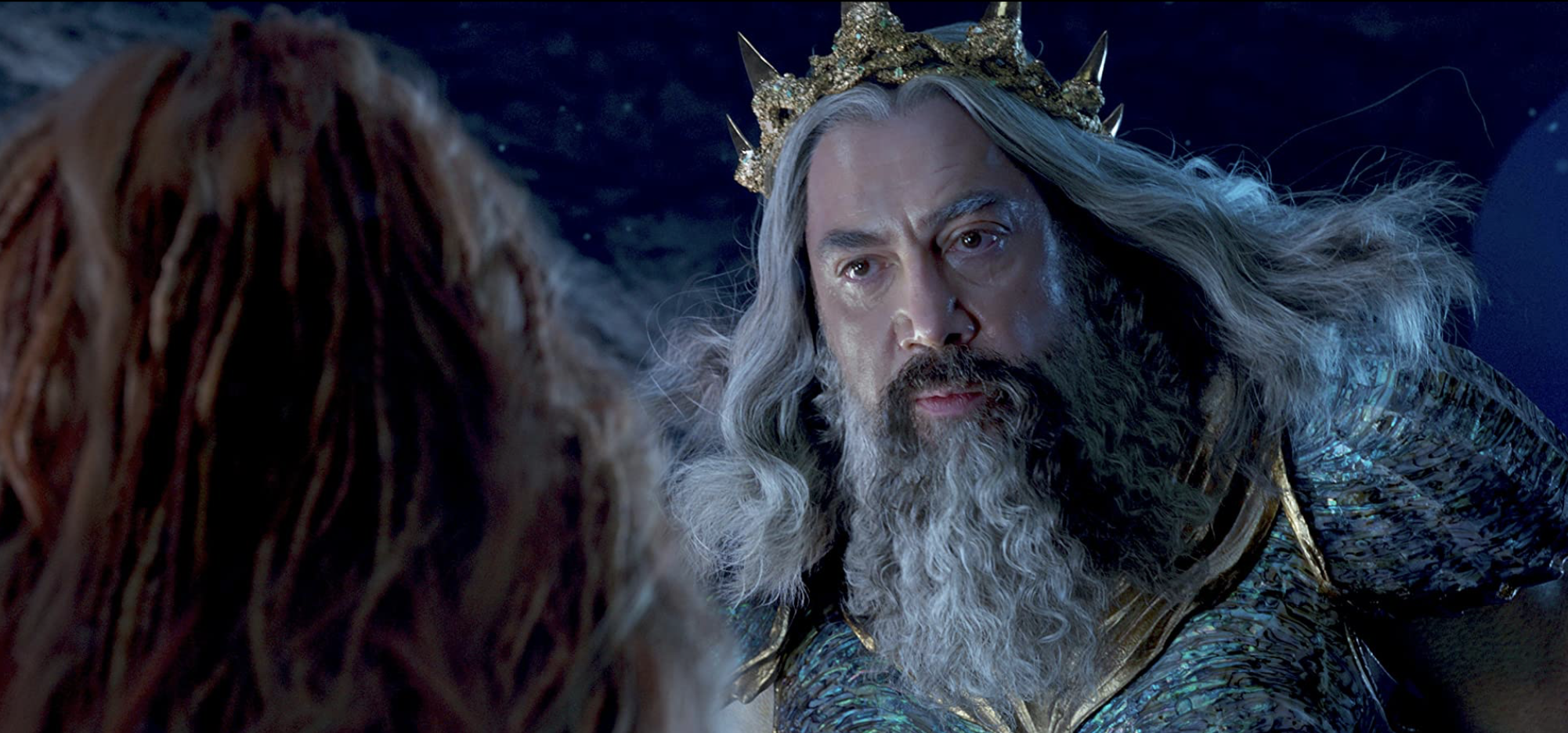
Develop the Characters
Ariel has always been a well-defined character with an arc: she starts as a young mermaid with a crush on a prince and grows to become someone who must rise up and save the kingdom.
The prince in many stories wasn’t generally more than a pretty face. However, The Little Mermaid gives the prince a little more purpose and backstory. For instance, he wants to ensure his kingdom has a place in the world which goes against his mother’s wishes.
King Triton is another character that could easily be the overbearing father who wants to keep his daughter safe. However, his arc is very specific and his overbearingness justified when the audience learns of the past problems the human world and the undersea world have had.
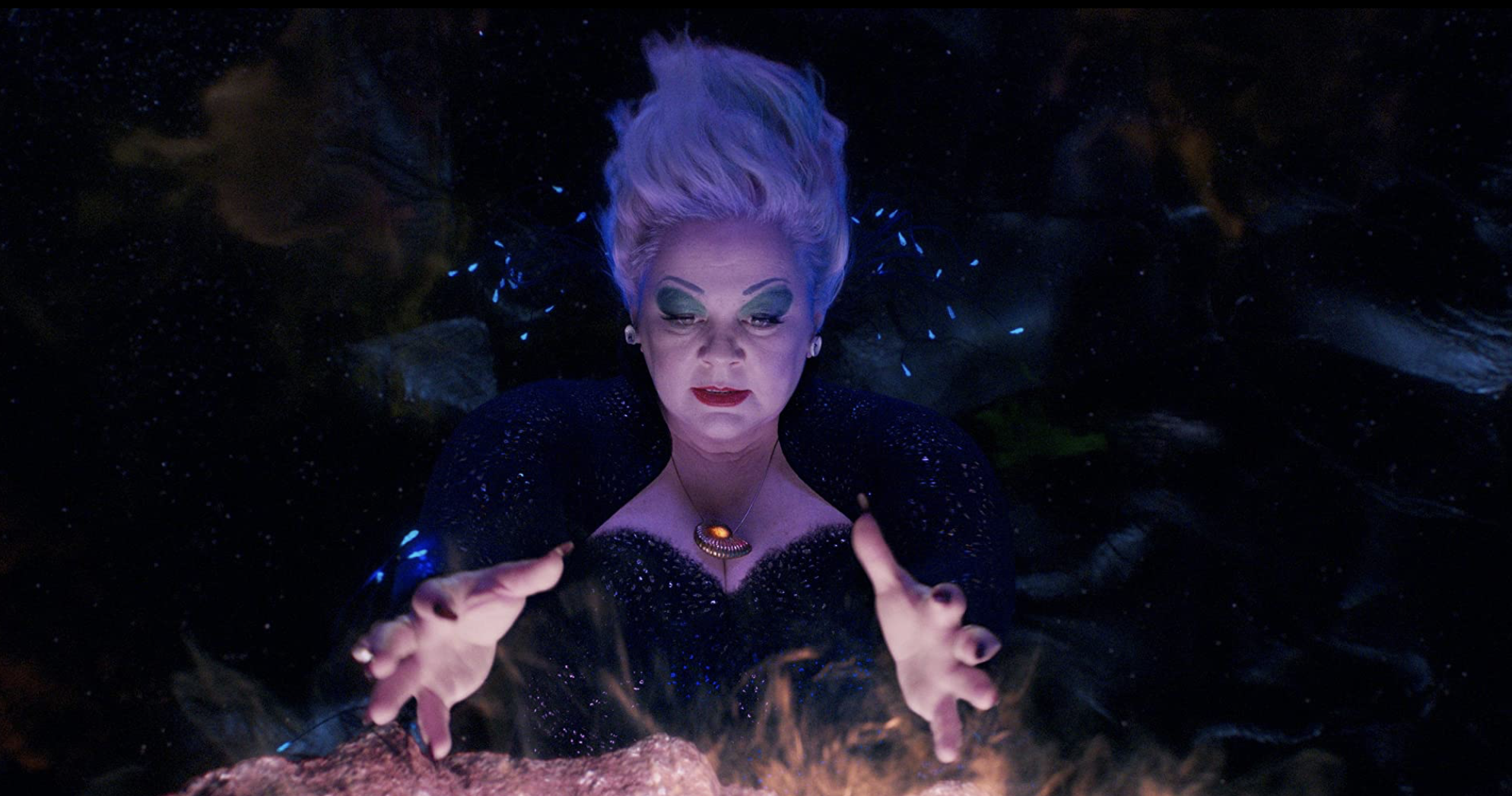
Singing to Tell Story
Disney has produced memorable songs that children have played over and over to their parent’s chagrin. While they are entertaining and catchy, they aren’t thrown in just for fun. Music in movies like The Little Mermaid serve the story.
Take Part of Your World, the famous song Ariel sings as she expresses her desire and wonderment about living in the human world. She also subtly tells us that she would do almost anything to be a part of that world, with lyrics that ask: “What would I give if I could live out of these waters? What would I pay to spend a day warm on the sand?” Of course, the audience soon learns that she is willing to give her soul to Ursula for the opportunity to be with the love of her life.
These songs are tools to express emotions and advance the story. It’s no different than Elsa in Frozen singing about “letting it go” or the village in Moana regaling the audience about her future as a ruler and how the island gives them everything they need to survive.
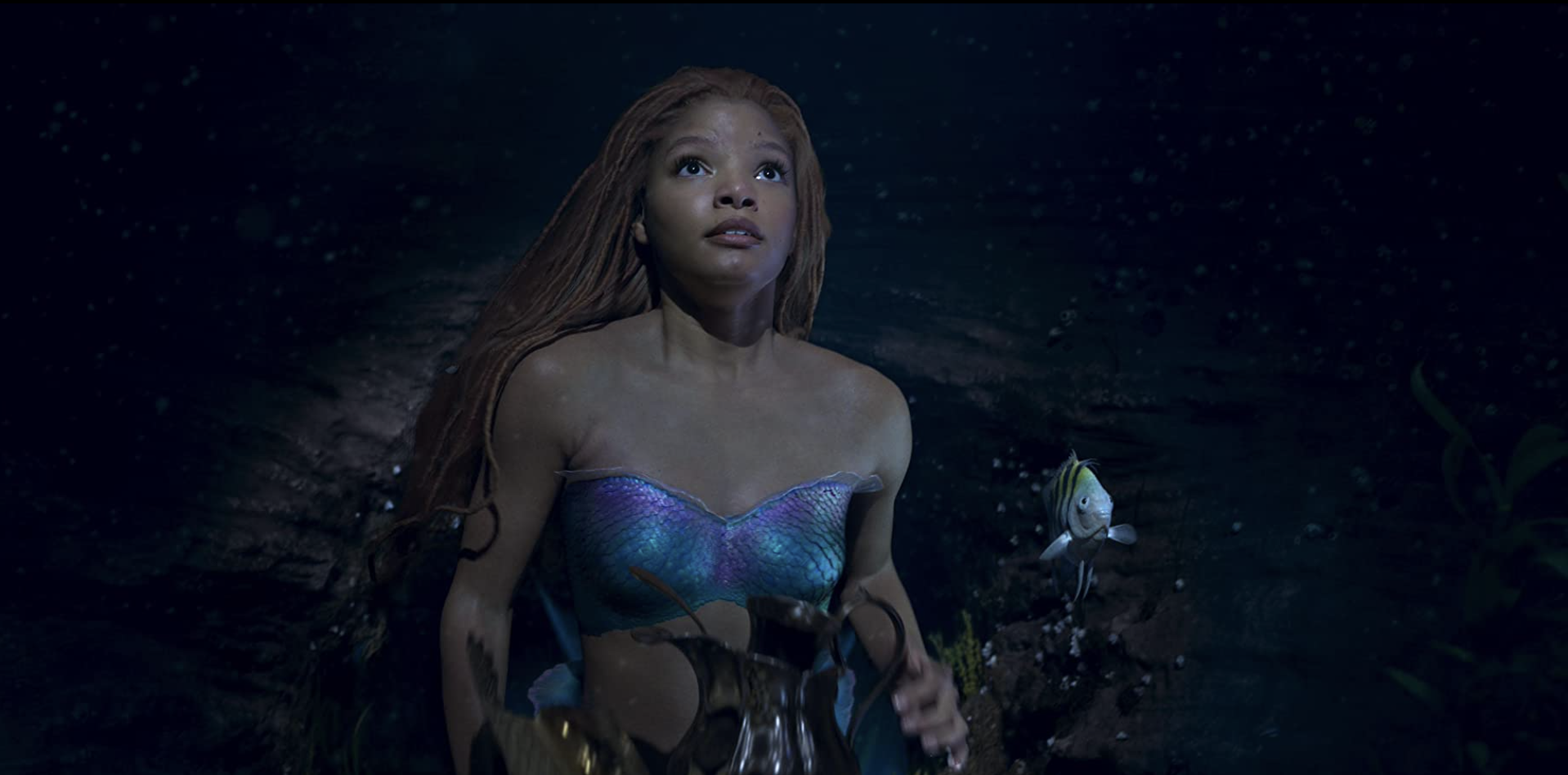
Writing the Four-Quadrant Story
Animated movies used to be made primarily for the kids. It didn’t matter if adults liked them. One of the films that changed this model was Toy Story. Not only did kids love it, but parents and adults enjoyed it, too. Nearly 30 years later, films like The Little Mermaid are designed to appeal to people of all ages.
A four-quadrant story is a marketing strategy in which content is created to appeal to:
- Males Under 25
- Females Under 25
- Males Over 25
- Females Over 25
You hit all four of those, you have a good strategy for box office success. Now, maybe a movie like Scream could consider being made for those four-quadrants, but it’s more of a guide for making a family-oriented film.
Some elements that make a solid four-quadrant story include it being high-concept (a mermaid in love with a prince makes a deal with an evil sea witch to become a human), they have heroes and villains (Ariel vs. Ursula, Avengers vs. Thanos), generally PG or PG-13 (not G or R) and have elements of nostalgia (Michael Keaton’s Batman in The Flash, everything Top Gun: Maverick).
Read More: How to Write a 4-Quadrant Family Film
When it comes to writing a film for the whole family, The Little Mermaid provides great examples you can use to create your story. Writing these screenplays allow you to stretch your imagination and create fun worlds for unique characters whether they take place under the sea or out of this world.
Written by: Steven Hartman
Steven Hartman is an award-winning, optioned screenwriter. He was a Top 5 Finalist in Big Break’s Historical Category in 2019 and won Best Action/Adventure in Script Summit’s Screenplay Competition in 2021. He holds a Bachelor of Arts degree from Columbia College and had internships at Jerry Bruckheimer Films and Village Roadshow Pictures. Steve is a full-time writer and creative video producer by day and a screenwriter and novelist by night.- Topics:
- Screenwriting & Craft




